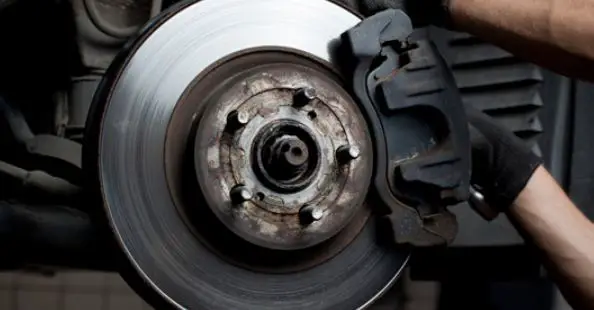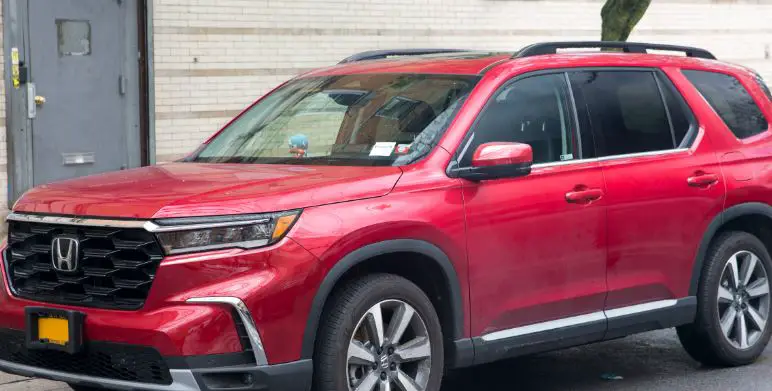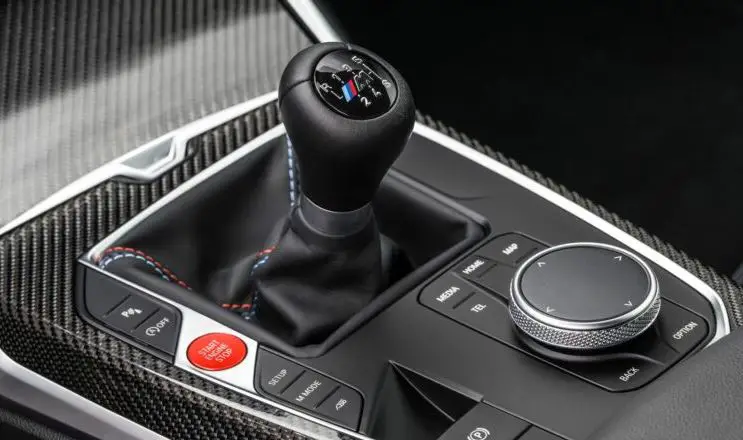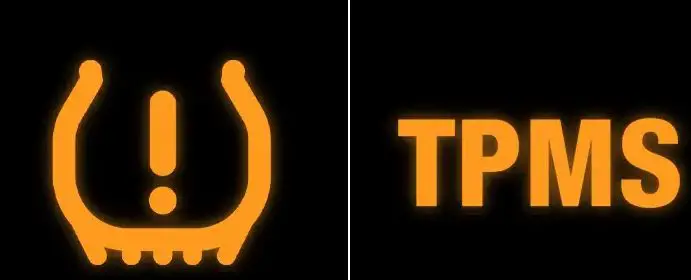Have you ever had to have your car retitled for some reason? After a car is involved in a serious accident or after it has been stolen (and recovered), it is required by most states in the US and is a crucial part of being able to once again declare the vehicle as safe and roadworthy. In fact, it’s required whenever the vehicle is being retitled.
Some people remain a little in the dark when it comes to a brake and light inspection, which is why we’ve prepared today’s blog. Hopefully, the information below will help to answer your questions about brake and light inspections and ensure you stay on the right side of the law if you’re transferring or retitling a vehicle.
What is a Brake and Light Inspection? Is it Required?
A brake and light inspection is an important process by which a car is determined to be safe to drive on public roads or not. During the inspection, a state-licensed technician will perform rigorous and thorough checks on the car or motorcycle’s brakes and various lights to ensure they are all working properly. The inspections have to be carried out at a properly licensed “Inspection Station.” There should be some visible credential to prove this, like in California, for instance, where you’ll see a black shield with gold/yellow lettering saying:
- Official Lamp Adjusting Station
- Official Brake Adjusting Station
A brake and light inspection is not required as a matter of course — though you might have your lights and brakes checked and/or repaired during your regular service — but rather whenever the vehicle is being retitled.
Getting a car retitled includes after a car has been in a serious accident or after a car theft. These two circumstances are particularly important because the state has to be satisfied that neither lights nor brakes were damaged or misaligned while it was stolen or when it was damaged in an accident.
For brakes, while both disc and drum brakes can be inspected, adjustments on newer cars fitted with disc brakes are no longer possible because disc brakes are non-adjustable. They are only carried out on cars with older-style brakes. The inspection applies to any and all brake types, however.
Reasons for a Brake and Light Inspection
Besides the above two circumstances, there are other reasons and circumstances under which you would seek a brake and light inspection:
- You’re Reviving a Salvage Vehicle
When your car or another car has been written off by an insurance company, the car is taken off the road and a stop is placed on its record. You can retitle the car and “bring it back to life” with a salvage title. It will never have true “clean” title status again, but it will once again be declared as legal and roadworthy, pending a proper brake and light inspection.
- You Received a “Fix It” Ticket from the Police
If you were pulled over by a police officer and given a citation for a broken taillight, for example, then you would be required to get a proper brake and light inspection at an official state-licensed provider (see above). Getting a successful brake and light inspection can then be used as proof that the problem was fixed, and your ticket can be dismissed save for a small administrative fee.
- Your Brakes or Lights are Experiencing Problems
If you have noticed that either your brakes or lights have not been performing as they should, then you should get them seen to by a licensed brake or light technician. Look for the right credential to ensure that you’ll get the best-possible work done to the vehicle. As we mentioned above, the brake adjustment part only applies to cars that are not fitted with disc brakes, but both disc and drum brakes can at least be inspected. In any event, if you notice that either system is not performing up to the manufacturer’s standard, then heading to a properly licensed adjusting station is essential.
Who Can Carry Out Brake and Lamp Inspections?
Only licensed lamp and brake adjusters working in proper adjusting stations are allowed to perform these inspections. If you think you could save money with an alternative supplier, then no matter how objectively good they were, your car wouldn’t be seen as roadworthy by the state.
What is Involved in the Brake Inspection?
There are several key procedures that are undertaken during the brake inspection:
- Brake shoes, linings, drums and rotors are inspected to ensure they are in line with the manufacturer’s specifications and state requirements. For example, brake shoes/linings have to be at least 3/32 of an inch (about 2mm) when measured
- All of the vehicle’s brakes and related hardware and other components must be present and accounted for without exception. Any part not in working condition will cause a negative result in the inspection.
- Hydraulics (master cylinder, wheel cylinders, callipers, valves, lines, connections and all other related components) and hoses are checked to make sure they are free of leaks, cracks or other damage.
- Warning lamps need to be checked to ensure they illuminate when required and turn off when required.
- The emergency brake is tested to ensure it can hold the vehicle on a 6-percent grade slope.
- An emergency stop is performed at 25mph in which the vehicle must be able to stop within 20 feet.
What is Involved in the Lamp Inspection?
When it comes to the light inspection, there are also several important procedures to complete. It turns out that your car has many, many lights, and all of them have to be working.
- Every piece of lighting that was originally installed on the vehicle must be in good working order. These include:
- Headlamps
- Tail lamps
- Marker lamps
- Back-up lamps
- Brake lamps
- License plate lamps
- Turn signals
- High beam indicator and warning lamps
- All headlamp hardware is checked to ensure it’s in good order, especially the adjusting hardware. The aiming pads are checked, too, to ensure that none are broken off.
- Light lenses are checked to ensure they are free of cracks and no white light should be visible when illuminated.
- A check is performed to ensure all reflectors are intact and functioning
- Any damage to the car’s body that could impact the visibility of lights on the vehicle has to be repaired before the inspection, so the inspection checks to ensure this has been done.
What is the Typical Cost of a Brake and Light Inspection?
You should expect to pay anywhere from $60 to $120 for your brake and light inspection. Remember that if the inspection flags up necessary repairs (some examples mentioned above), you will have to incur the cost of those repairs and then submit for another inspection. Only then can you get your certification.
So, now you know the ins and outs of brake and light inspections. The next important step is not to fall foul of the rules.











[…] should be able to detect problems in the clutch when they inspect it. A clutch needs a full and proper inspection every 60,000 to 100,000 miles, but at least a cursory inspection is likely at your annual service, […]